Naya Mandir in Purani Dilli

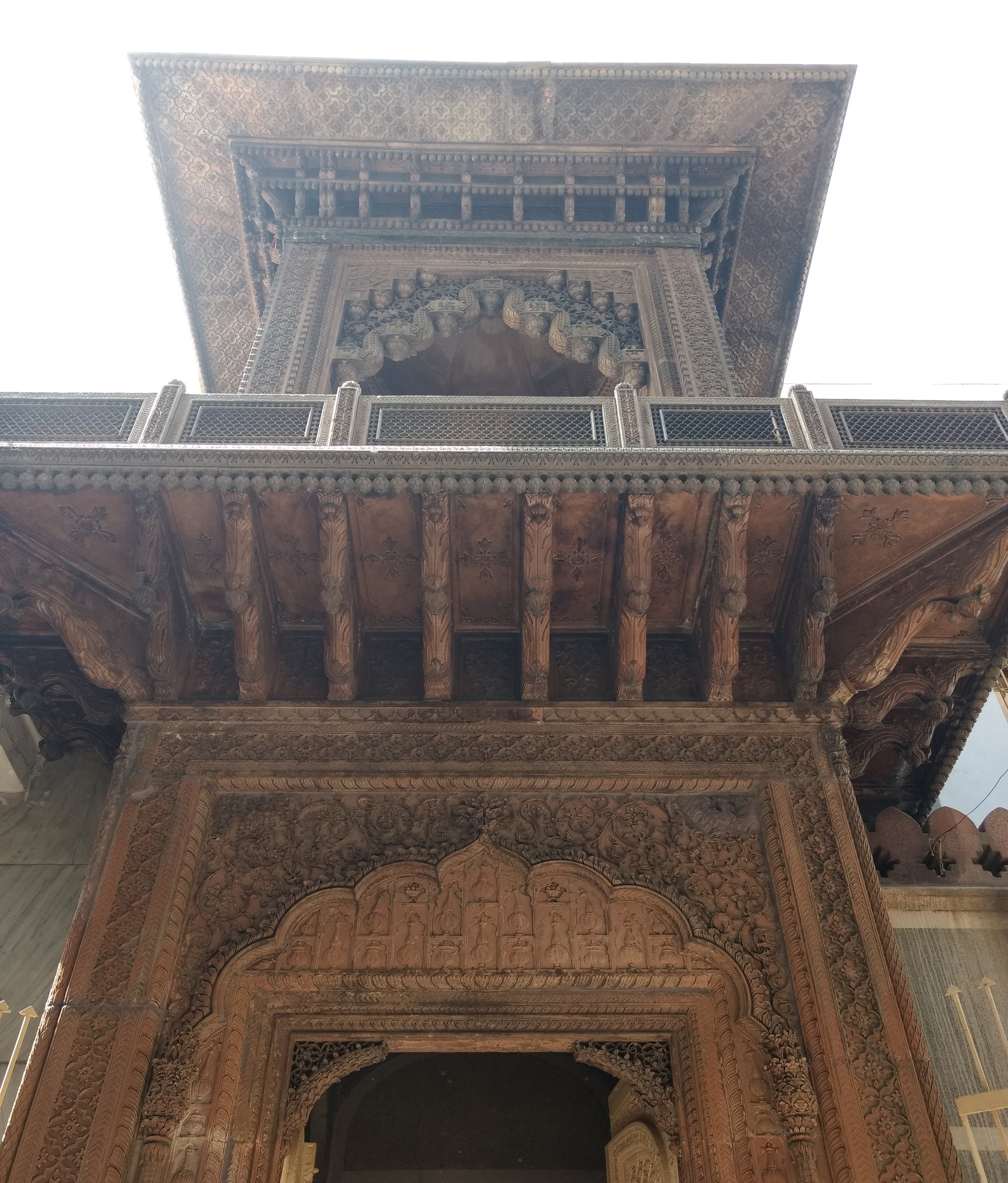
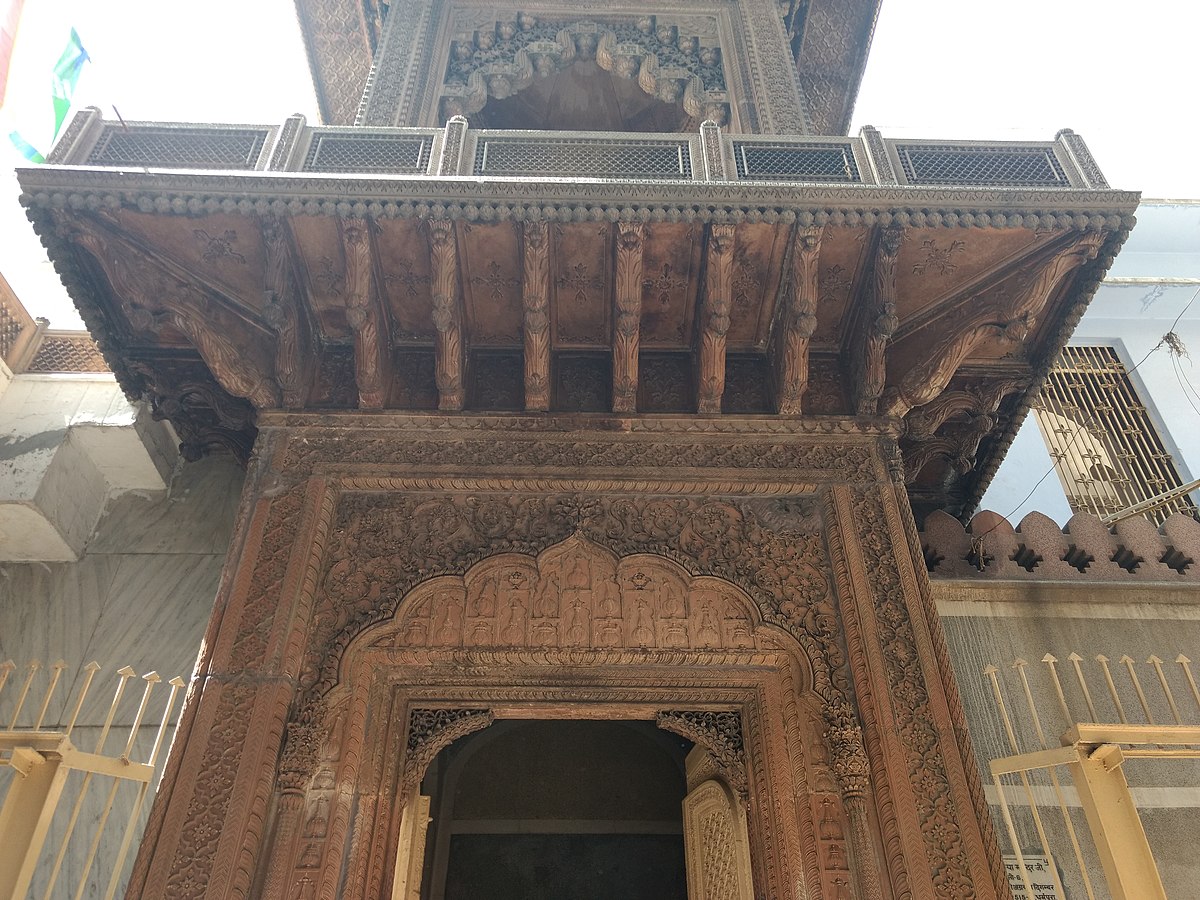
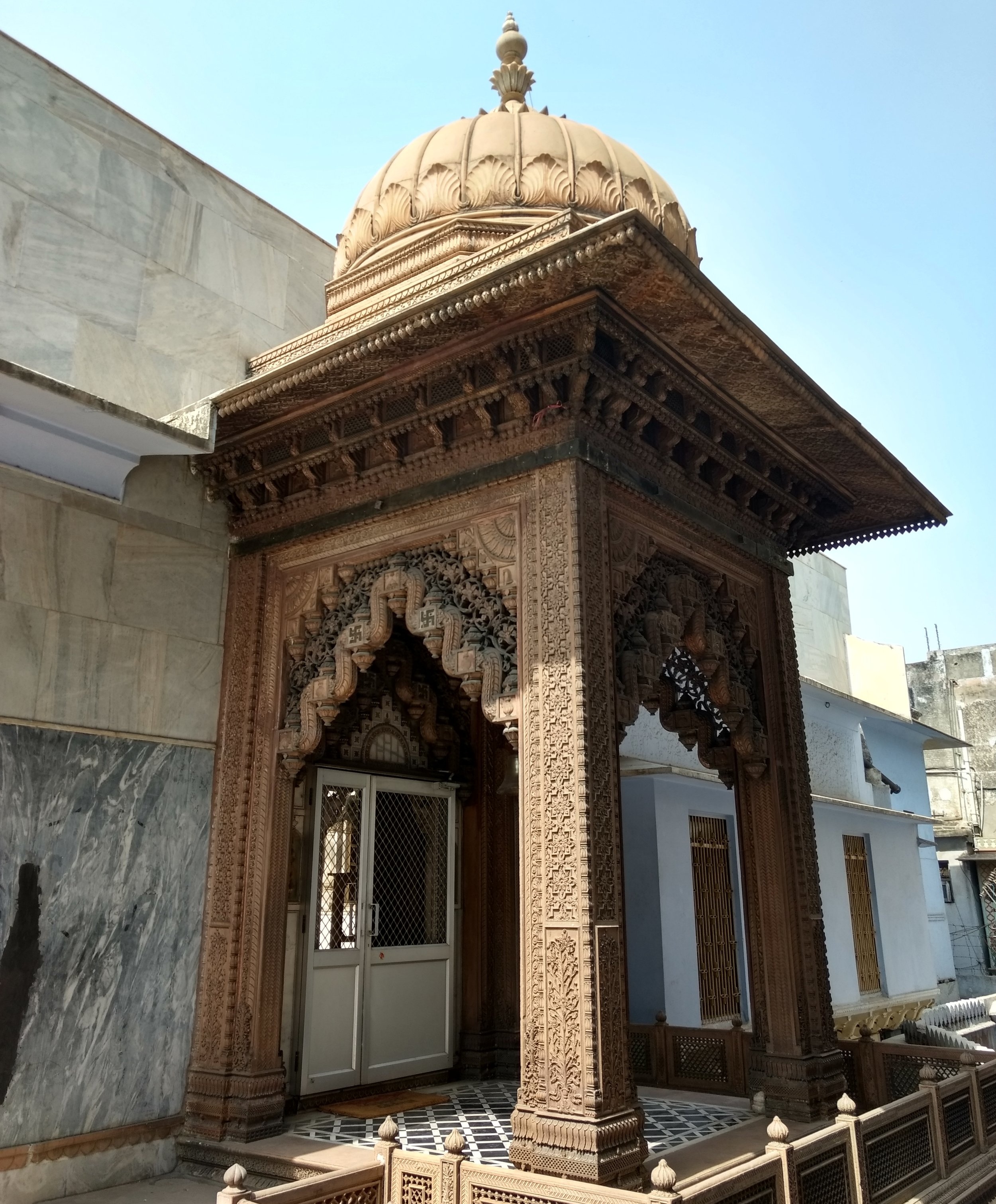
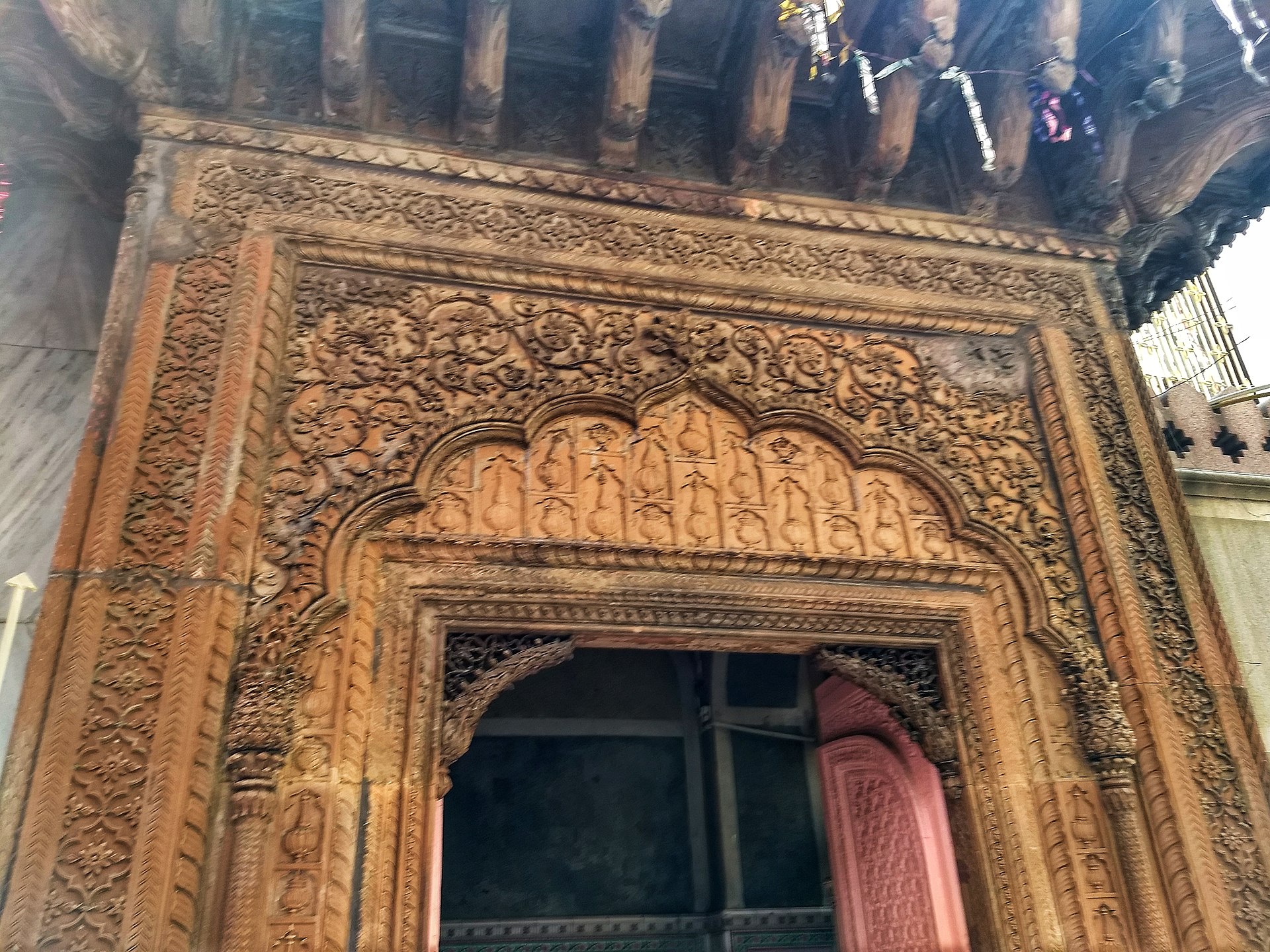
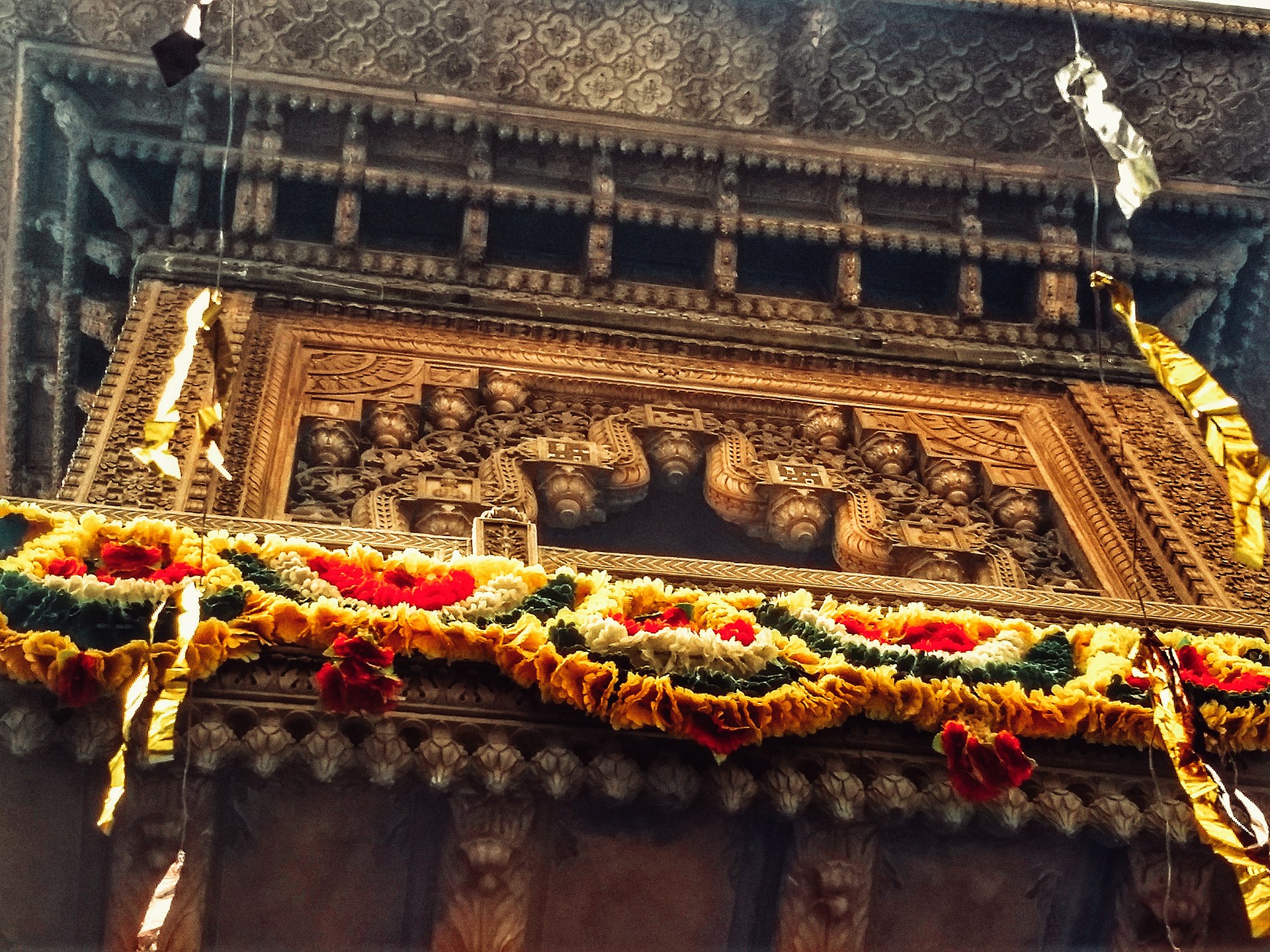
Negotiation is an art and it was perfected by Raja Harsukh Rai who was the treasurer for Mughal Emperor Akbar-II in early 1800s. Harsukh Rai had a vision. He wanted to build a Jain temple that was based on the traditional Indian temple architecture. A key characteristic of this architecture is Shikhara, which is a Sanskrit word and literally means a “mountain peak”. In an Indian temple, a Shikhara is the tapering tower like structure that represents the mythological ‘Meru’ or the highest mountain peak.
But in the Delhi of Mughals, there were no temples with Shikharas. It was not allowed in the walled city of Delhi, which was known as Shahjahanabad because it was built by Mughal emperor Shahjahan in the early 1600s. Aurangzeb, who became emperor after Shahjahan had abandoned his predecessors' legacy of pluralism and religious tolerance and established Sharia Law and Islamic ethics in India, and was responsible for the destruction of many Hindu temples including the famous Sri Govind Dev Ji temple in Vrindavan. So, building a Jain temple in the heart of Delhi, with traditional Indian architectural elements was not something an ordinary person will dream of. But Harsukh Rai was no ordinary person. He belonged to a rich Jain family. Jains were quite prominent in the Mughal empire, as they were the richest community and controlled most of the trade. Sah Dipchand, the great grandfather of Harsukh Rai and a Jain from Hissar, was invited by Shahjahan himself to settle in Delhi as part of attracting prominent people to live in his newly founded city. As Harsukh Rai’s ancestors established their roots in Delhi, they built many prominent houses, called Havelis, in old Delhi. Harsukh Rai, who had become a treasurer for Mughals knew how and when to ask for extraordinary favors. He was given the title of Raja (a king) by Shah Alam-II, 16th Mughal emperor in the lineage of Mughals. When Akbar-II, son of Shah Alam-II became emperor in 1806, Harsukh Rai understood the political realities well. He knew that the power of Mughals was merely symbolic due to the rising influence of the British in India during that time. He asked Akbar-II for permission to build a Jain temple with a Shikhar in the old city of Delhi that was granted without much resistance. Using his own money Harsukh Rai went on to build the most amazing Jain temple of those times. The temple was built in 1807, just one year after Akbar-II became emperor.
This temple came to be known as Naya Mandir (or the new temple) because there was already a historic Jain temple called Lal Mandir that was built in 1656. The frontage of the temple uses carved stone that is cut so fine that one can’t believe that it is stone. After taking a few steps, you enter the courtyard that has beautiful colonnades on three sides and it has Moorish arches, a design element quite prevalent in old Delhi. Polished white marble is used for shafts of these arches and it is inlaid with colored marbles that create flowery patterns. The ceiling of the colonnades is painted with ornamental designs consisting of intertwined flowing lines and every inch of the roof is painted elaborately in blue and gold colors giving it a rich yet soft look. Everything is blended so nicely that you soak in only the general effect of the art around you unless you stop to notice the details.
Interior courtyard of Naya Mandir, Delhi
The proper temple is on the fourth side of the courtyard and it is on a tiered and raised marble platform, or vedi, with inlay work that is a piece of art in itself. Here one can get darshan of Lord Adinatha, the first Tirthankar. His image is made of Makrana marble and is sitting on a flower under a marble canopy. There are two halls on each side of the vedi. In the hall on the left, there is another platform or vedi with idols of 1008 Tirthankars. According to historians(1), there was only one vedi in the original temple but after the rebellion of 1857, a new vedi was added to accommodate images that were saved during that period.
Idol of Lord Adinatha, Naya Mandir, Delhi
This temple only opens during the morning and uses only natural light. Shadows through carved stones and arches create a magical effect and after 200 years of its construction, this place is as peaceful and serene as imagined by Raja Harsukh Rai.
If you like this story, please consider supporting us


